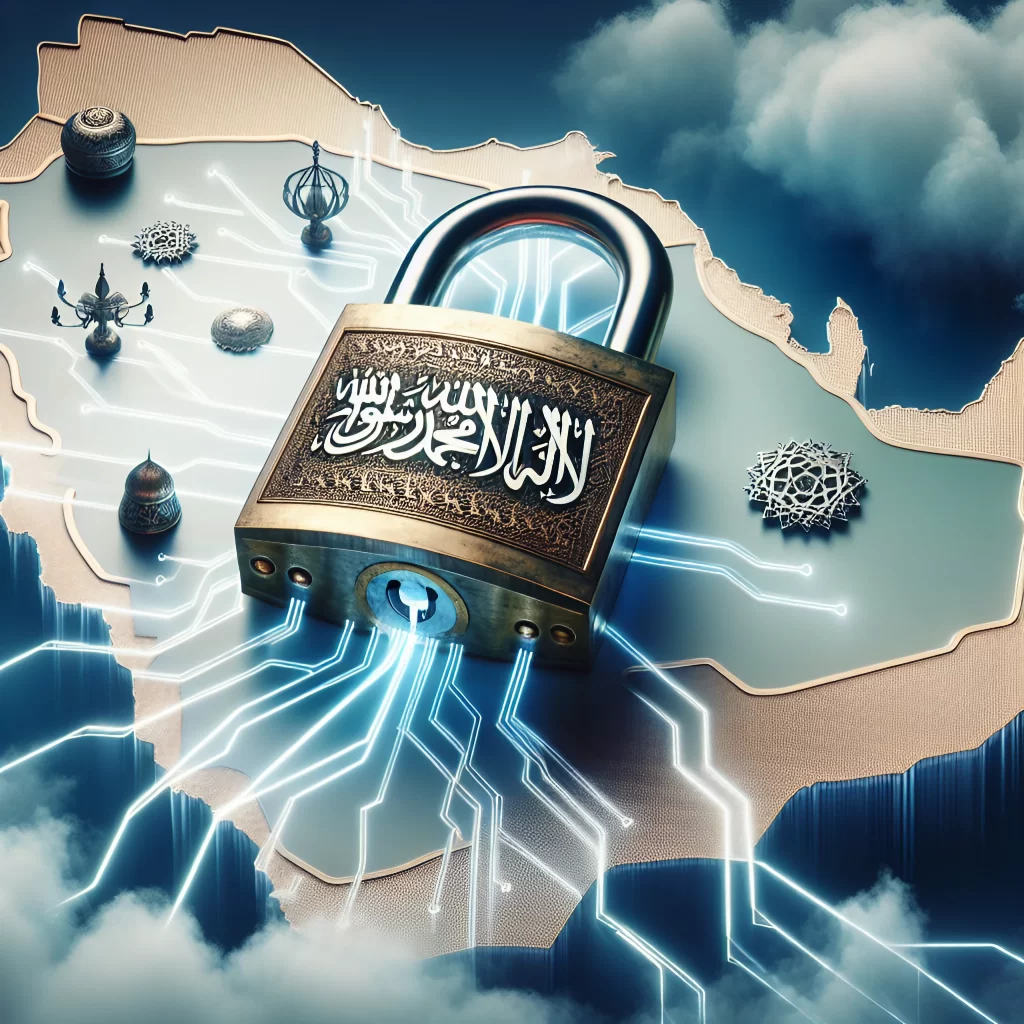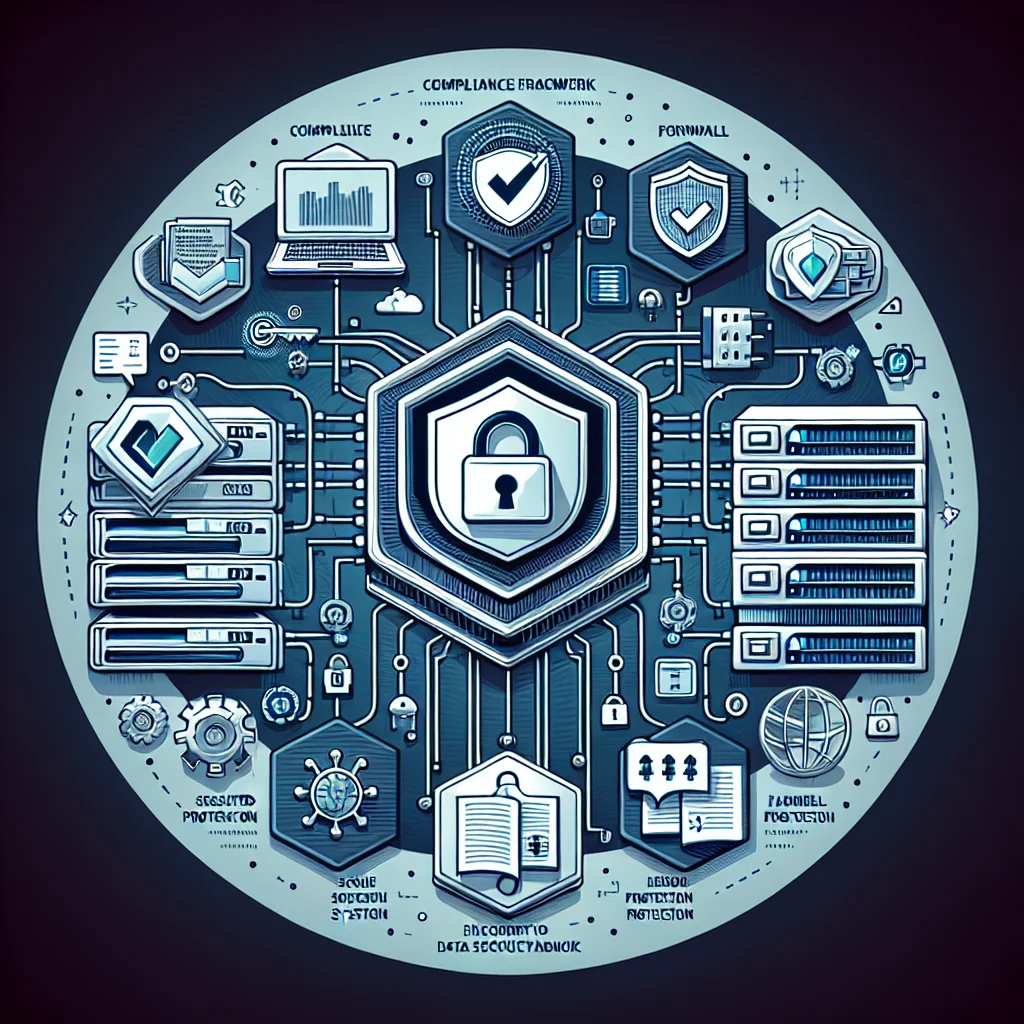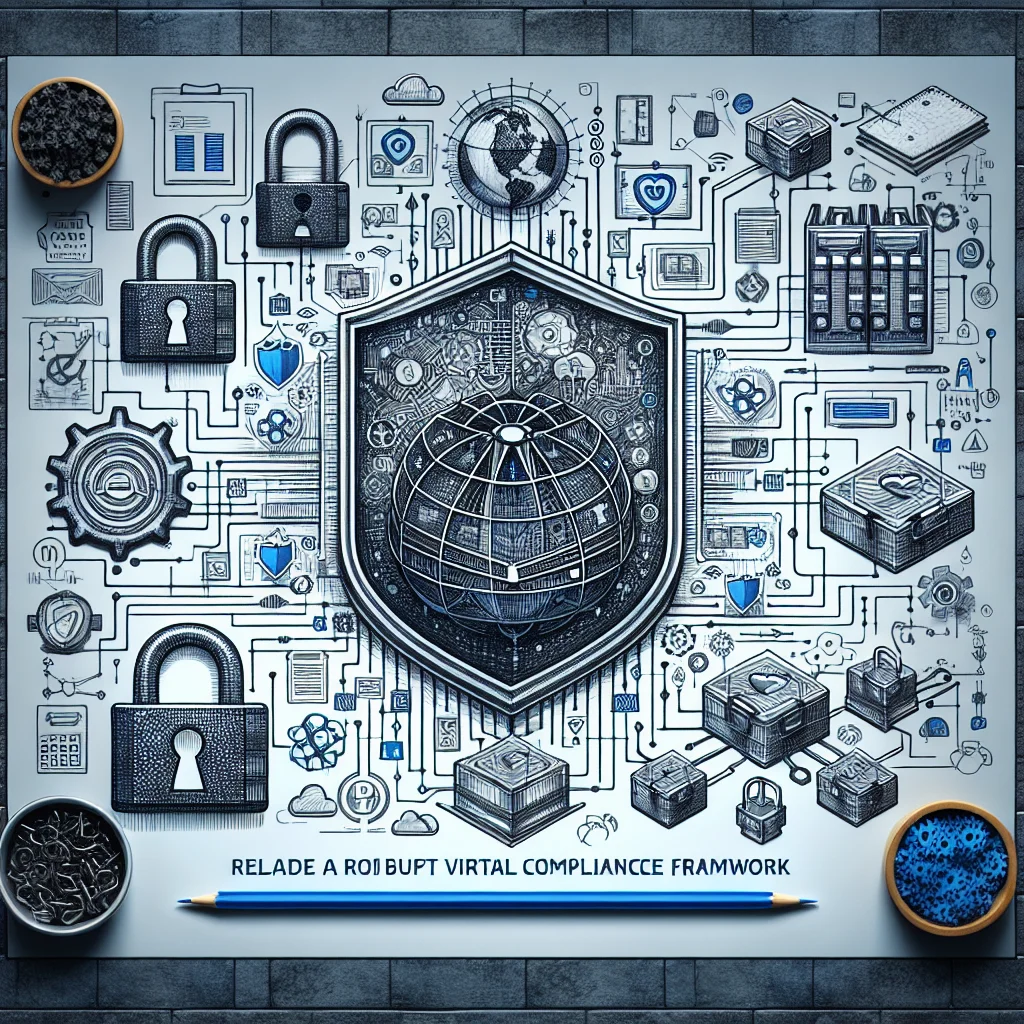In today’s digital-first world, cybersecurity is no longer a back-office function; it’s a strategic imperative. With the rising tide of cyber threats, organizations must adopt comprehensive risk management frameworks to safeguard their information assets. One such framework is ISO 27005, which provides guidelines for information security risk management. This article explores ISO 27005 in detail, answering frequently asked questions and highlighting its relevance to CISOs and IT professionals in the Middle East.
What is ISO 27005?
ISO 27005 is an international standard that provides guidelines for information security risk management. It supports the information security management system (ISMS) defined in ISO 27001. While ISO 27001 focuses on establishing, implementing, maintaining, and continually improving an ISMS, ISO 27005 dives deeper into the risk management process, offering a structured approach to identifying, assessing, and treating information security risks.
Who is ISO 27005 for?
ISO 27005 is designed for organizations of all sizes and industries that want to manage their information security risks effectively. It is particularly relevant for:
- Chief Information Security Officers (CISOs)
- IT security managers
- Risk management professionals
- Compliance officers
- Organizations seeking ISO 27001 certification
What are the key components of ISO 27005?
ISO 27005 outlines a risk management process that includes the following key components:
- Context Establishment: Defining the scope, boundaries, and context of the risk management process.
- Risk Assessment: Identifying, analyzing, and evaluating information security risks.
- Risk Treatment: Determining and implementing measures to mitigate identified risks.
- Risk Communication: Ensuring that stakeholders are aware of the risks and the actions taken to manage them.
- Risk Monitoring and Review: Continuously monitoring and reviewing the risk environment and the effectiveness of risk treatment measures.
Frequently Asked Questions about ISO 27005
1. What is the relationship between ISO 27001 and ISO 27005?
ISO 27005 supports ISO 27001 by providing detailed guidelines for the risk management component of an ISMS. While ISO 27001 sets the overall framework, ISO 27005 offers specific methods for managing information security risks.
2. Can ISO 27005 be implemented independently of ISO 27001?
Yes, ISO 27005 can be implemented independently, but it is most effective when used in conjunction with ISO 27001. Together, they provide a comprehensive approach to information security management.
3. How does ISO 27005 define risk?
ISO 27005 defines risk as the potential that a given threat will exploit vulnerabilities of an asset or group of assets and thereby cause harm to the organization.
4. What is the first step in implementing ISO 27005?
The first step is to establish the context by defining the scope, boundaries, and objectives of the risk management process.
5. How are risks identified in ISO 27005?
Risks are identified through a systematic process that includes asset identification, threat identification, vulnerability identification, and impact assessment.
6. What methods are used to analyze risks in ISO 27005?
ISO 27005 recommends both qualitative and quantitative methods for risk analysis. Qualitative methods include expert judgment and scenario analysis, while quantitative methods involve statistical and mathematical models.
7. How are risks evaluated in ISO 27005?
Risks are evaluated by comparing the estimated risk levels against the organization’s risk criteria to determine whether they are acceptable or require treatment.
8. What are the common risk treatment options in ISO 27005?
Common risk treatment options include risk avoidance, risk reduction, risk sharing (e.g., through insurance), and risk retention (accepting the risk).
9. How does ISO 27005 address residual risk?
Residual risk is the risk that remains after risk treatment measures have been implemented. ISO 27005 emphasizes the importance of continuously monitoring and reviewing residual risks.
10. How often should risk assessments be conducted according to ISO 27005?
Risk assessments should be conducted regularly and whenever there are significant changes to the organization’s risk environment.
11. What role do stakeholders play in ISO 27005?
Stakeholders play a crucial role in risk communication, ensuring that everyone affected by risks is aware of them and the measures taken to address them.
12. How does ISO 27005 integrate with other risk management frameworks?
ISO 27005 can be integrated with other risk management frameworks, such as the NIST Cybersecurity Framework and COBIT, to provide a holistic approach to information security.
13. Is there a certification for ISO 27005?
While there is no standalone certification for ISO 27005, its implementation is often assessed as part of ISO 27001 certification audits.
14. How does ISO 27005 address emerging threats?
ISO 27005 emphasizes the importance of continuous risk monitoring and review to identify and address emerging threats.
15. What tools can assist in implementing ISO 27005?
An Automated compliance platform such as ComplyHawk can streamline the risk management process by providing tools for risk assessment, treatment, and monitoring.
16. How does ISO 27005 handle third-party risks?
ISO 27005 includes guidelines for assessing and managing risks associated with third-party vendors and partners.
17. What are the documentation requirements for ISO 27005?
Documentation should include risk assessment reports, risk treatment plans, and records of risk communication and monitoring activities.
18. How does ISO 27005 ensure continuous improvement?
ISO 27005 promotes a cycle of continuous improvement through regular monitoring, review, and updating of the risk management process.
19. What are the benefits of implementing ISO 27005?
Benefits include improved risk awareness, enhanced decision-making, reduced risk exposure, and increased stakeholder confidence.
20. How can ISO 27005 be tailored to specific industry needs?
ISO 27005 is flexible and can be tailored to the unique risk environments of different industries, including finance, healthcare, and manufacturing.
21. What role does leadership play in ISO 27005 implementation?
Leadership involvement is critical in ISO 27005 implementation, as it ensures that the risk management process is aligned with the organization’s objectives and that adequate resources are allocated.
22. How can organizations assess the effectiveness of their ISO 27005 implementation?
Organizations can assess effectiveness through regular audits, performance metrics, stakeholder feedback, and by comparing risk levels before and after treatment measures are implemented.
23. Are there specific industries that benefit more from ISO 27005?
While ISO 27005 is applicable across various sectors, industries that deal with sensitive data, such as healthcare, finance, and critical infrastructure, may derive particularly pronounced benefits due to their heightened risk profiles.
24. How can technology assist in the implementation of ISO 27005?
Technology aids in ISO 27005 implementation through the use of risk management software, automated reporting tools, and data analysis solutions that help streamline the risk assessment and monitoring process.
25. What are the training requirements for personnel involved in ISO 27005?
Personnel involved should receive training on risk management principles, tools, processes, and the specific requirements of ISO 27005 to effectively contribute to the risk management process.
26. What types of risks are addressed in ISO 27005?
ISO 27005 addresses various types of risks, including information security risks, compliance risks, operational risks, and strategic risks, ensuring a comprehensive approach to risk management.
27. How does ISO 27005 define ‘risk appetite’?
Risk appetite is defined as the amount and type of risk that an organization is willing to pursue or retain in pursuit of its objectives. Establishing risk appetite helps organizations make informed decisions regarding risk treatment options.
28. Can ISO 27005 be used for larger organizations as well as small businesses?
Yes, ISO 27005 is designed to be scalable and can be effectively implemented by organizations of all sizes, allowing both larger enterprises and small businesses to manage their information security risks.
29. What role do audits play in the ISO 27005 process?
Audits play an essential role in the ISO 27005 process by providing an independent assessment of the risk management framework, ensuring compliance with established processes, and identifying areas for improvement.
30. How can organizations ensure stakeholder engagement throughout the ISO 27005 implementation?
Organizations can ensure stakeholder engagement by involving key individuals in the risk management process, facilitating communication, seeking feedback, and providing training related to risk awareness and management practices.
31. How often should organizations review their risk management strategies under ISO 27005?
Organizations should review their risk management strategies at least annually or whenever significant changes to their environment occur, such as new technologies, changes in business processes, or regulatory changes.
32. What is the difference between inherent risk and residual risk in the context of ISO 27005?
Inherent risk refers to the level of risk present in the absence of any controls, while residual risk is the remaining risk after controls are implemented. ISO 27005 emphasizes the assessment and management of both types of risk for effective risk management.
33. How can organizations leverage risk assessment results to improve their processes?
Organizations can use risk assessment results to identify vulnerabilities, prioritize security measures, and adjust policies and procedures, ultimately leading to more effective operational and strategic decisions.
34. What are the common challenges faced when implementing ISO 27005?
Common challenges include resistance to change, lack of awareness or understanding of the standards, insufficient resources, and difficulty in integrating ISO 27005 with existing frameworks.
35. How important is communication in the ISO 27005 process?
Effective communication is vital in the ISO 27005 process as it fosters transparency, keeps stakeholders informed about risks and controls, and encourages collaboration across departments within the organization.
Middle East-Specific Considerations
Implementing ISO 27005 in the Middle East comes with unique considerations:
- Regulatory Compliance: Ensure alignment with regional regulations such as the UAE’s National Electronic Security Authority (NESA) guidelines and Saudi Arabia’s National Cybersecurity Authority (NCA) requirements.
- Cultural Factors: Consider cultural nuances in risk communication and stakeholder engagement.
- Infrastructure: Address challenges related to varying levels of technological infrastructure across the region.
Common Controls Across Frameworks
Understanding the common controls between ISO 27005, ISO 27001, and other frameworks like PCI DSS can streamline compliance efforts. Here are some examples:
ISO 27001 and ISO 27005
- A.5.1.1 Information Security Policy: Both frameworks emphasize the need for an overarching information security policy.
- A.6.1.2 Segregation of Duties: Ensuring that no single individual has control over all aspects of a critical process.
PCI DSS and ISO 27005
- Requirement 6.1: Establishing a process to identify security vulnerabilities, which aligns with ISO 27005’s risk assessment guidelines.
- Requirement 11.2: Regularly testing security systems and processes, similar to ISO 27005’s emphasis on continuous monitoring and review.
ISO 27001 and ISO 27005
- A.8.2.2 Information Classification: Both standards require organizations to classify information based on its sensitivity and criticality, ensuring appropriate protection levels are established.
- A.9.2.3 Management of Privileged Access Rights: Emphasizing the need to manage and control access rights effectively to prevent unauthorized access.
PCI DSS and ISO 27005
- Requirement 3.4: Protecting stored cardholder data, which resonates with ISO 27005’s focus on managing risks related to sensitive information.
- Requirement 7.1: Limiting access to data on a need-to-know basis, aligning with ISO 27005’s principles of ensuring proper access controls based on risk assessments.
Conclusion
In an era where cyber threats are increasingly sophisticated, ISO 27005 offers a robust framework for managing information security risks. Its structured approach helps organizations identify, assess, and treat risks effectively, ensuring a resilient cybersecurity posture.
If you’re a CISO or IT professional looking to streamline your compliance efforts and enhance your organization’s cybersecurity posture, consider partnering with an automated compliance platform such as ComplyHawk, which specializes in this framework and region. By leveraging advanced tools and expert support, you can focus on what matters most—protecting your organization’s valuable information assets.



